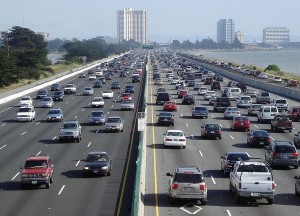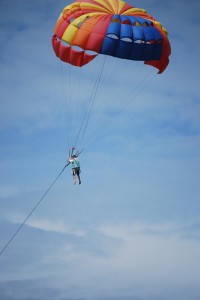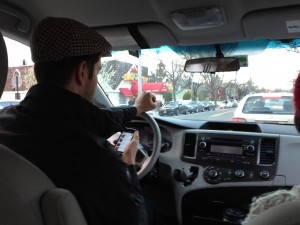Whenever a motor vehicle accident occurs in Florida, or anywhere else throughout the country, it creates a series of events that cost money. While these costs are not always apparent to other people, make no mistake, car accidents can be quite expensive.
When viewed as a whole, the numbers are downright shocking. A recent study conducted by the National Highway Traffic Safety Administration demonstrates that motor vehicle accidents cost more than $870 billion in economic loss per year. This study examined data from 2010. That $870 billion can be broken down even further to a personal basis, averaging an estimated cost of $900 per person in the U.S., which does not just apply to accident victims, but all people residing in this country.
 NHTSA’s study, “The Economic and Society Impact of Motor Vehicle Crashes, 2010,” focuses on some of the behavioral factors that influenced that year’s nearly 33,000 highway fatalities, 3.9 million injuries and 24 million damaged vehicles. According to the study, three driver behaviors including speeding, drunk driving and distracted driving, accounted for 56 percent of the economic loss to the nation and 62 percent of the societal harm. Societal harm is described as harm due to loss of life and decreased quality of life.
NHTSA’s study, “The Economic and Society Impact of Motor Vehicle Crashes, 2010,” focuses on some of the behavioral factors that influenced that year’s nearly 33,000 highway fatalities, 3.9 million injuries and 24 million damaged vehicles. According to the study, three driver behaviors including speeding, drunk driving and distracted driving, accounted for 56 percent of the economic loss to the nation and 62 percent of the societal harm. Societal harm is described as harm due to loss of life and decreased quality of life.
What is not so shocking is that drunk driving accidents were found to be among the most expensive kinds of accidents. These accounted for 18 percent of the total economic loss and 23 percent of the overall societal harm.
Speeding accounted for 21 percent of the overall economic loss costing the nation $59 billion and 24 percent, or $210 billion, of the societal harm.
Distracted driving crashes were responsible for 17 percent of the total economic loss and cost $46 billion. These crashes accounted for $129 billion, or 15 percent, of the overall societal harm.
On a positive note, researchers for this study concluded that using seatbelts led to a savings of almost $70 billion in medical care, lost productivity and other costs that were not incurred. For now, around 5 percent of the total economic loss involved people in auto accidents where they were not buckled up or did not properly fasten their seatbelt.
 Florida Personal Injury Lawyers Blog
Florida Personal Injury Lawyers Blog










